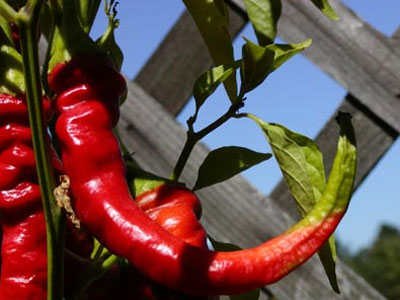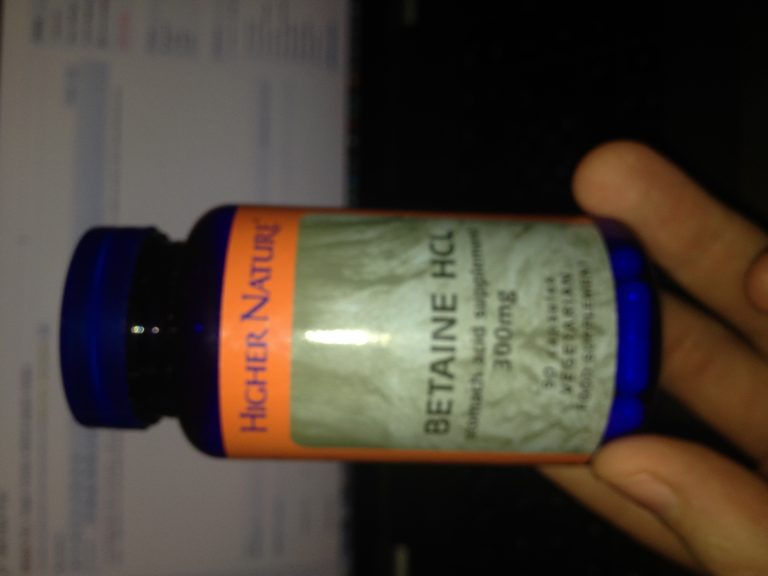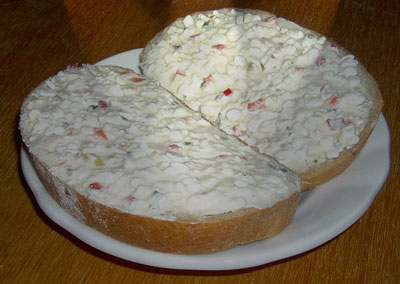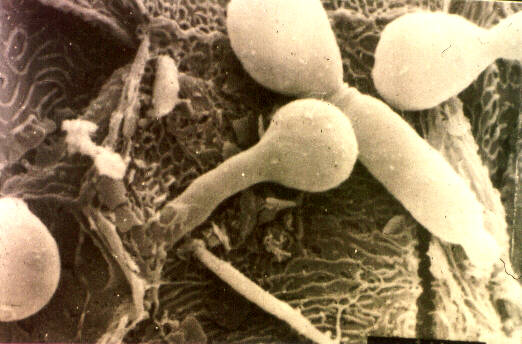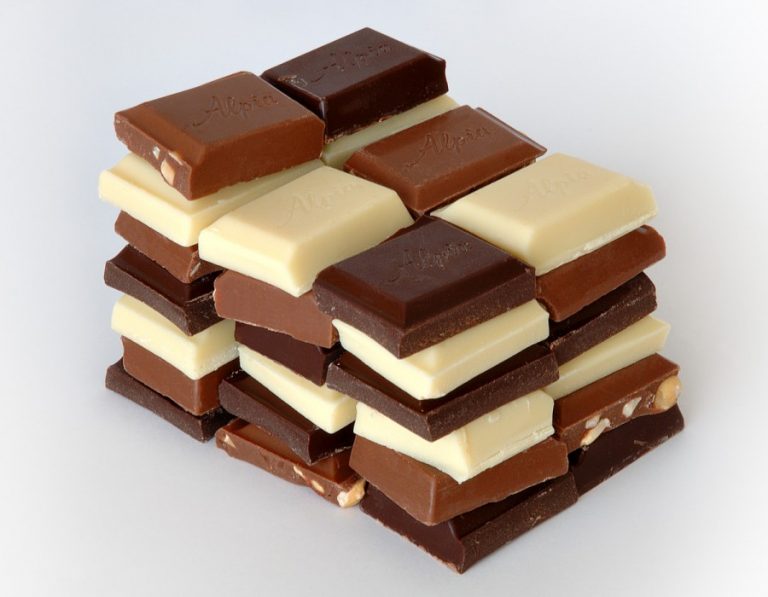Candida – Yeast infection
Candida albicans is a fungus that is normally present on the skin and in mucous membranes such as the mouth, vagina or rectum. The fungus also can travel through the blood stream and affect the throat, intestines, and heart valves. Most of the time Candida infections occur for no apparent reason. Candida starts to multiply in their place. The resulting condition is known as candidiasis moniliasis, or a “yeast” infection. A common cause of infection may be the use of antibiotics that destroy beneficial bacterias that have harmful microorganisms like Candida under control in the body.
Candida Albicans is a YEAST INFECTION that begins in the digestive slowly spreads to other parts of the human body. It is a resistive parasite that attaches itself to the intestinal wall and lives permanently in internal organs. It is causing many health problems and discomfort for millions of men and women every day and it is estimated that nearly everyone has or will have a moderate to serious Candida condition eventually in their lives.
A yeast cell produces around 75 known toxic substances that poison our body. These toxins contaminate the tissues where it weakens the immune system, the glands, the kidneys, bladder, lungs, liver and especially the brain and nervous system. Candida yeast can become so strong that it transforms into fungal form where it starts to penetrate the mucous lining of the gastrointestinal wall. This penetration breaks down the protective barrier between the intestinal tract and bloodstream, allowing many unhealthy and toxic substances to poison the body systemically. Proteins and other food wastes that are not completely digested or eliminated from the body can assault the immune system and cause strong allergic reactions, fatigue and other health problems. It also allows that Candida itself enters our bloodstream, from which it may find its way to other tissues, resulting in far-ranging effects such as soreness of the joints, chest pain, sinus and skin problems, etc. It can cause a heart failure because the heart can become encased with Candida albicanis. Vaginal yeast infections are more prevalent today than ever, and they will never completely go away until the yeast has been cleared from the intestinal area. Candida can be sexually encouraged from one person to another.
Candida covers the intestinal walls in our body which chemically and mechanically interferes with digestion and assimilation of food nutrients. Many people can’t absorb the food from intestines because of Candida. Candida creates chaos in the intestines and diseases of which the doctors do not know a lot. They can only use medicines to treat it.
The major toxic product of yeast cell activity is acetaidehyde and the by-product ethanol. Many people have insufficient iron content because Candida disables the absorbtion. Ethanol can cause excessive fatigue and reduces the strength and stamina which takes away ambition. It destroys enzymes needed for cell energy and causes the release of free radicals that encourages the aging process.
Candida Albicans can really destroy our lives. It can rob the body out its nutrition and acts like a poison to our body.
The majority of people who have Candida do not know they have it until they become seriously ill. Candida can be cured permanently. When Candida is removed from our body, we get rid of symptoms connected with yeast, such as constipation, chest pains, ulcer, colon problems, bloating, gas, bad breath, even cold, skin rash, eruptions. Our immune system, nervous system and glands will become less stressed.
Candida Albicans can be an incredible destroyer of our health and is the main missing link in many of our modern day diseases. The length of time on the diet will depend on the length of time one has had symptoms, symptom severity, and overall health. Many people can feel an improvement after following the diet for two to four weeks. Once symptoms of Candida overgrowth are gone and lab tests show significant improvement, whole foods from the restricted list can be slowly incorporated back into the diet.
Carbohydrate daily total
Sugar feeds Candida, so it is important to minimize the total carbohydrate content of one’s diet. During the first 2 to 3 weeks of the program, it is often recommended that carbohydrate intake be restricted to 20 to 60 grams per day, depending on age, activity level, and extent of grain sensitivities. As symptoms disappear, the carbohydrate total can gradually increase. Candida can develop into following serious conditions:
- Aches in Muscles
- Thyroid Failure
- Allergies
- Anti-social state of mind
- Asthma
- Burning Eyes
- Over sensitiveness to Chemicals
- Cold/Shaky
- Colds, Fever
- Colitis
- Colon Cancer
- Constipation
- Cystitis
- Depression
- Diabetes
- Diarrhea
- Dry Mouth
- Dry Skin & Itching
- Endometriosis
- Epstein Bar Virus
- Fatigue
- Finger Fungus
- Food Cravings
- Gas and Bloating
- Halitosis
- Headaches
- Heartburn
- Hemorrhoids
- Hernia
- Hormone Imbalance
- Hyperactivity
- Indigestions
- Infections
- Insomnia
- Intestinal Pain
- Irritability
- Laziness
- Low Blood Sugar
- Lupus
- Menstrual Problems
- Mood Swings
- Diminished Sex Drive
- Numbness
- Over & Under Weight
- Bad Feeling in all parts of the Body
- PMS Symptoms
- Poor Memory
- Premature Aging
- Puffy Eyes
- Respiratory Problems
- Skin Rashes & Hives
- Suicidal
- Thrush/Gum Receding
- Ulcers
- Vaginal Yeast
FOODS TO ELIMINATE
Sugar
One should eliminate all forms of sugar, as it feeds the yeast and speeds its growth. These foods are: white sugar, brown sugar, honey, maple syrup, corn syrup, maple sugar, molasses, date sugar, raw sugar, demerrara, amisake, rice syrup, sorghum. One should read labels carefully. There can be hidden sugars in the food like: sucrose, fructose, maltose, lactose, glycogen, glucose, mannitol, sorbitol, galactose, monosaccharides, polysaccharides.
Fruit
One should avoid fruit that contain natural sugars that support the growth of yeast. The following foods should be eliminated: Frozen, canned, and dried fruit, All canned and frozen fruit juice, Oranges and orange juice, Melons. These fruit often contain mold.
Yeast
Foods that contain yeast should be eliminated. These include: Baker’s yeast, Brewer’s yeast, Engevita, Torula, and any other nutritional yeast. Baked goods raised with yeast such as breads, rolls, crackers, bagels, pastries, and muffins should be eliminated.
Healthy, yeast-free alternatives may include: Sprouted Essene bread, Lifestream bread, Manna wheat or rye bread, corn tortillas, tacos, rice cakes, rice crackers, Wasa rye crackers and rice bread. Muffins, biscuits, pancakes, Irish soda bread, chapatis, and other breads made at home using the flour of whole grains that a person is not allergic to and made with baking powder and/or baking soda for leavening.
Vinegar
Vinegar is made with a yeast culture so One should eliminate it from the diet. Foods that contain vinegar include: White vinegar, red wine vinegar, apple cider vinegar, balsamic vinegar, mayonnaise, commercial salad dressing, ketchup, Worcestershire sauce, steak sauce, BBQ sauce, shrimp sauce, soy sauce, mustard, pickles, pickled vegetables, green olives, relishes, horseradish, mincemeat, chili sauce.
Mushrooms
Eliminate all sort of mushrooms, because mushrooms are fungi.
Peanuts, Peanut Butter, and Pistachios
Peanuts, peanut butter, and pistachios often have high mold contamination and should be eliminated.
Alcohol
Alcoholic beverages provide sugar that feeds the yeast and stresses other organs such as the liver. Eliminate all forms of alcohol, that means red wine, white wine, beer, whiskey, brandy, gin, scotch, any fermented liquor, vodka, rum, and liqueurs.
Coffee, Black Tea, Cider, Root beer
Coffee and black tea can create an extra burden for the body’s stress-coping mechanisms. Regular coffee, instant coffee, decaffeinated coffee, and all types of black tea (including “fruit flavored” black tea) should be eliminated. Cider, root beer, and other fermented beverages should be eliminated. Healthy alternatives include: water, vegetable broth, fresh vegetable juice, herbal teas
Aged, Moldy and Processed Cheeses should be eliminated
Roquefort and other aged, blue or moldy cheeses should be eliminated. Also eliminate processed cheese such cream cheese, cheese snacks, etc.
Processed, Dried, Smoked, and Pickled Meats
These include products such as smoked salmon, sausages, bacon, pickled herring, hot dogs, bologna, pastrami, salami, corned beef.
Packaged, Processed, and Refined Foods
Canned, bottled, packaged, boxed, and other processed foods usually contain yeast, refined sugar, refined flour, chemicals, preservatives, and coloring. They are not recommended at any time.
FOODS TO LIMIT
Dairy Products
Also most of dairy products should be eliminated.
One should eliminate following dairy foods:
-
- Cow’s milk, including whole, skim or dry milk
- Most cheeses. But we can eat Cheeses that are lower in lactose such as white cheddar, swiss, mozzarella, provolone, and dry curd cottage cheese.
Organic skim yogurt made with live bacteria may be beneficial for some because of the beneficial bacteria it contains.
FOODS YOU MUST EAT CAUTIOUSLY
High-Carbohydrate Vegetables:
Artichoke
Avocado
Beans, peas and other legumes
Celery root (celeriac)
Fennel
Potatoes, sweet
Potatoes, white
Beets
Boniata (white sweet potato)
Breadfruit
Winter, acorn or butternut squash
Dairy Products:
Eat these sparingly since many people have food sensitivities to dairy products. If your symptoms persist, eliminate them completely.
Cream Cheese
Hard Cheeses
Yogurt


Whole Grains:
Barley
Corn
Kamut
Millet
Oats
Rice
Spelt
Teff
Wheat
Grain Alternatives:
Amaranth
Buckwheat
Quinoa
Breads, Biscuits and Muffins
All breads, biscuits and muffins should be made with baking powder or baking soda as a leavening agent.
FOODS YOU CAN EAT FREELY
Vegetables low with carbs. They are low in carbohydrates and calories. You can eat them freely fresh, frozen, cooked or raw.
Asparagus
Beet greens
Peppers
Broccoli
Brussels sprouts
Collard greens
Daikon
Eggplant
Cabbage
Carrots
Cauliflower
Kale
Kohlrabi
Leeks
Lettuce
Mustard greens
Okra
Onions
Parsley
Parsnips
Celery
Endive
Garlic
Radishes
Rutabaga
Shallots
Snow peas
Soybeans
Spinach
String beans
Swiss chard
Tomatoes, fresh
Turnips
Meat, Seafood, Eggs and Other Food
Beef, lean cuts
Chicken
Cod
Lamb
Mackerel
Other fresh or frozen fish
Pork, lean cuts
Salmon
Shellfish: shrimp, lobster, crab
Tofu
Tuna
Turkey
Veal
Unprocessed Oils, Nuts and Seeds
Almonds
Brazil nuts
Cashews
Filberts
Flaxseeds
Pecans
Pumpkin Seeds
Sardines
Butter
Oils, cold-pressed and unrefined:
Corn, Olive, Safflower, Soy,
Sunflower, Walnut


